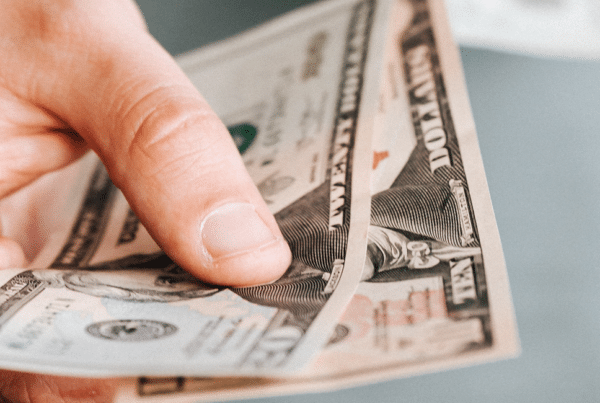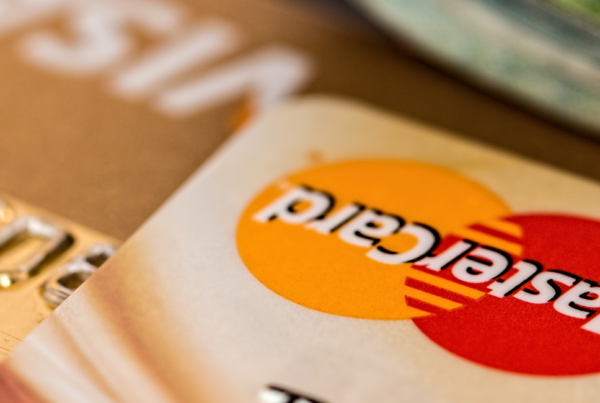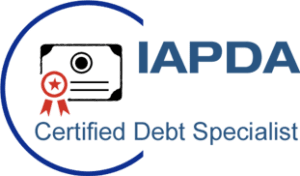
The Real Cost of Making Minimum Payments on Your Credit Cards
Like any rational consumer, minimizing loss and maximizing gains is the ultimate goal for your finances. A credit card can easily give you a false sense of security, emboldening you to spend when you should be saving. A creditor is dependent on you making payments to your credit card, while earning profits in the form of interest. If you were unable to keep up with your balances prior to taking on a credit card, it’s unlikely you’ll be able to make much more than minimum payments.
Is making minimum payments on your credit cards a solution?
This is a crucial question, and the result can be hefty fines, compounding high interest or long-term debt. Normally, the higher the credit card balances are, the higher the minimum payments will be. Of course, making minimum payments isn’t all bad. For example, one gets to avoid financial penalties that result from making late payments. Moreover, the amounts paid are low and makes this approach efficient for consumers on a tight budget. However, the benefits, while helpful in the short term, are the source of trouble in the long term. For instance, it’s the slowest method to pay off a credit card, not to mention the most expensive by far. Some other negatives include late fees, over limit fees, transaction fees, payment protection plans, and of course interest. Remember, the average interest rate for credit cards is currently 16.9%
Maintaining minimum payments on your credit card accounts is basically treading water. Except, it costs you money of course. While you continue to pay, your balance remains the same and the time to payback compounds.
Credit Cards Minimum Payments and High Interest Rates.
The truth is, the less you pay now on your credit card, the more you will have to pay later on. And more doesn’t mean a little more in most cases, it means double if not more of your original balance. We know this isn’t what you want to hear if you’re on a tight budget. However, interest rates on credit cards are extremely high, and even just a short period of minimum payments can create a bottleneck that’s tough to overcome. These exorbitant interest rates lead to costs racking up to thousands of dollars monthly or yearly depending on the creditor. What’s even scarier, many consumers are unaware of the current interest rates on their debts.
The total amount paid in minimum payments is exponentially more due to exorbitant interest rates, as compared to paying the full amount. Analysts have found that making minimum payments on a high interest credit card is the easiest way to lose control of your debt.
Credit Card debt as a result of Minimum Payments.
We know it’s not as simple as “paying more” when there is no “more” to pay. Many consumers are making minimum payments not because they want to, but because it’s all that fits into the budget. However, some consumers who can pay more are given a false feeling of financial security because they’re paying consistently on time. The credit card users believe that as long as they are making these minimum payments on a regular basis, everything is okay. On the contrary, by doing that you’re taking on more debt than you can repay in the long run.
To put it into perspective, let’s look at a real world example. A consumer spends $4,000 on their credit card, at the industry average interest rate of 16.9%. A minimum monthly payment on this balance will be roughly $120 (3% of your total balance). If you pay only $120 every month, you will end up paying an additional $3,313 in interest and be paying the debt off for about 14 years. This is how creditors make money, and consumers drown in debt.
Minimum payments take significantly longer to repay your debt in full.
14 years to pay off a credit card debt is alarming, or at least it should be. This is a timeframe more akin to student loans. It’s one thing to repay the cost of your education over a long period of time, another to pay off a credit card debt in that same time. The time frame in debt repayment is commonly determined by the current balance and the interest rate in question. It’s long been said that time is money. Well, this is very true when it comes to minimum payments on your credit card debt.
Repercussions of making minimum payments.
Red flags fly as a result of minimum payments on credit card debts over longer periods of time. Credit cards rely on interest, and prefer low or minimum payments to keep the income flowing in. But other lenders have different priorities when deciding to lend to you. Mortgage lenders tend to look at your repayment history, amount and consistency. This helps them determine your “ability” to repay a mortgage. To a potential lender, low monthly payments on high interest debt can indicate over-extension, or another inability to repay. In this case, your minimum payments have affected your borrowing potential in other areas.
Your credit utilization is heavily affected.
For those unsure what credit utilization is, it’s the amount of your available credit you’re currently using. This is a major indicator to potential lenders, because it’s an easy way to see how dependent a consumer is on their lines of credit. Not to mention, if all a consumer’s lines of credit are maxed, it’s a much higher lending risk. Experts say to keep your credit utilization around 30%. That means if you have $10,000 in available credit on your cards, you should aim to keep your balance below $3,000.
One very quick way to see a rise in your credit score is to improve your credit utilization. This piece of your credit score accounts for about 35% of your total score, so changes to it have a noticeable effect. Take a look at your open credit cards, and determine which ones are carrying balances over 30% of their limit. If one or more are, focus on making a couple larger payments to those. Once that credit usage drops below the 30% threshold, you’ll notice a quick bump to your score.
Reversing the damage these low payments cause.
The good news is, it’s never too late to reset, and there are several ways to do so. The first, and often most difficult step is realizing you have to take action to break the cycle. It can become like second nature making minimum payments each month, all while the long term debt stacks up. This is especially true if you’re on a fixed income. Take inventory of your debts and expenses. First determine if you can put any more money towards your credit card payment with your current finances. In many cases, taking a broad look at your own situation can reveal some potential for cut-backs.
One of the worst things you can do in this situation is take on more debt. It can be tempting to seek out a short term loan, or open another line of credit, but this will only further the damage. While it won’t be easy, it’s essential you curb any and all unnecessary spending.
You shouldn’t feel bad about minimum payments, sometimes they’re necessary.
The purpose of this article is not to make you feel bad for making minimum payments. Sometimes it’s necessary to get through a rough patch, or short term dip in income. But, it’s important to not become reliant on minimum payments as a fixed piece of your income. Once you budget for a minimum payment, it’s difficult to then carve out additional space for more later. Start right, and budget for at least 10% above your minimum payment, and always contribute more towards the principle when you can.
Minimum payments should be thought of as a temporary solution. To get through a tough time, you might choose to lower your cards payments to minimum for a month or two. This is generally enough time to make the necessary adjustments, and then get back on track. Like most things, getting caught in the comfort of lower payments is the danger all consumers face. Remember, every time you send a minimum payment to your credit cards, most of that payment is going directly into the creditors pocket.
If you are stuck in a cycle of making minimum payments, or no payments at all, please contact us. Our licensed debt consultants are available day and night to review your situation and see what we can do to help.





